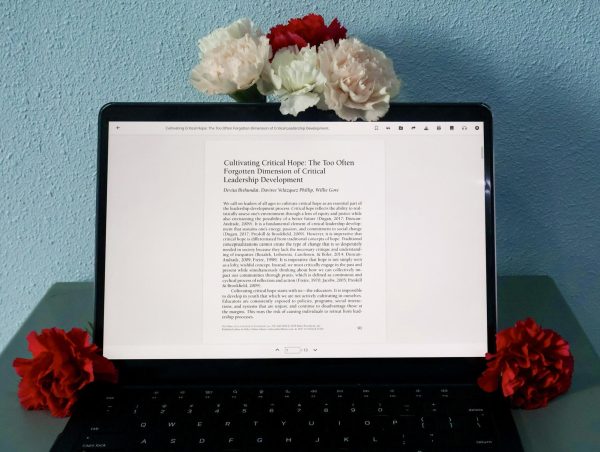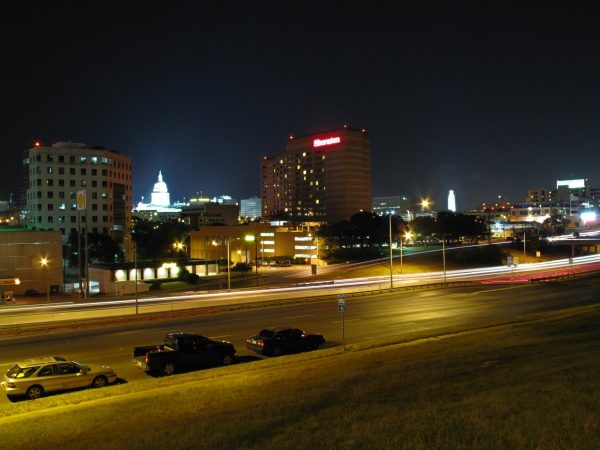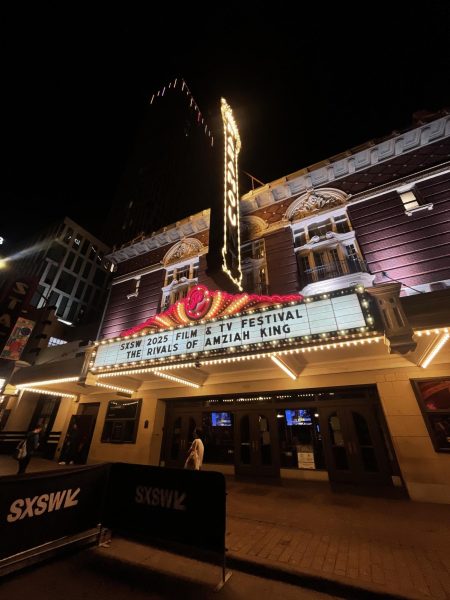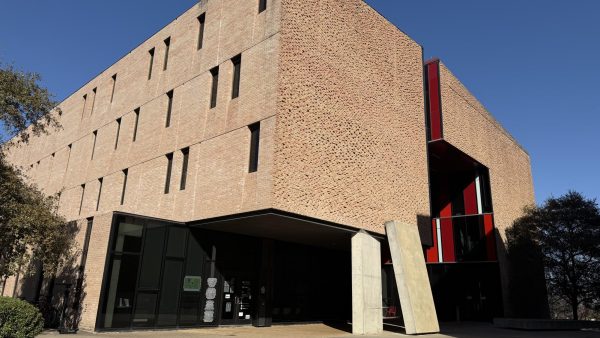Police militarization creates friction between government and constituency
Mine Resistant Ambush Protected armored vehicles, AR-15 assault rifles and much more: Police departments throughout the nation have the ability to purchase these vehicles and weapons created specifically for the United States Department of Defense.
The proliferation of military ordinance in civilian police departments is eroding the foundation of trust between them and their communities and has likely contributed to police killings of civilians.
The extent of this phenomenon is staggering. For example, in Dallas, Texas, the robot used by the Dallas Police Department to kill the ex-Marine who murdered several police officers in cold blood was invented for the military by Northrop Grumman and purchased by the department for $151,000 according to CNN.
In Ferguson, Missouri, the site of riots and protests after the extrajudicial killing of Michael Brown, the police department bought a $200,000 rotary-wing aircraft, according to a database of the Defense Logistics Agency.
C4 explosives can be purchased in bulk for about $20 per pound, less than the cost of two pounds of ribeye steak at Wal-Mart, according to Dallas Police Chief David Brown.
It has become the new norm in America to see police departments utilizing these military resources. During “dynamic entry” drug raids, a technique involving surprise and force, many cities around the country outfit officers in full riot gear, armored vehicles and assault rifles in order to gain entry into the homes of civilians.
The evidence suggests that the War on Drugs has almost become an actual war fought on U.S. soil against U.S. citizens.
This increasing militarization is destroying trust between police departments and the communities they serve, mostly in low-income and minority areas. How can a community feel completely safe when the police appear more as an occupying army than a protective force?
The police response to the protests after the killings of Michael Brown in Ferguson, Keith Lamont Scott in Charlotte and others in recent years, highlight this escalation.
To subdue unruly crowds, police use tear gas shot from armored vehicles as they patrol the streets. Tear gas violates the Chemical Weapons Convention of 1993, and the use of it internationally constitutes a war crime, but the US police routinely employ it on American citizens.
Of course, often these utilities can prove beneficial to community, especially in the case of the neutralization of the Dallas shooter earlier this year.
However, more often these egregious purchases contribute to the rise of the “warrior cop” mentality.
The problematic element of police acquisitions of military utilities comes from the fact that Marines and soldiers are trained for months on how to use them, while police officers often aren’t. Servicemembers are also held to a higher standard of accountability for their actions, with harsh punishments for those who use their weapon negligently or wantonly. It is not hard to see how this difference might lead to their misuse in the civilian world.
Hard numbers on police killings are surprisingly hard to come by. Accountability of police officers in this matter didn’t — or still doesn’t — exist in many places until recently, perhaps as a way of protecting officers from official censure.
Even the director of the FBI James Comey has admitted that the U.S. government simply doesn’t know how many people are killed each year by police.
However, some research puts the number at over 800 fatalities so far in 2016 alone according to the Washington Post.
The strained relationships between police departments and communities like Ferguson, Baltimore and Charlotte cannot be attributed entirely to their militarization.
But it definitely serves to aggravate the problems that exist.






